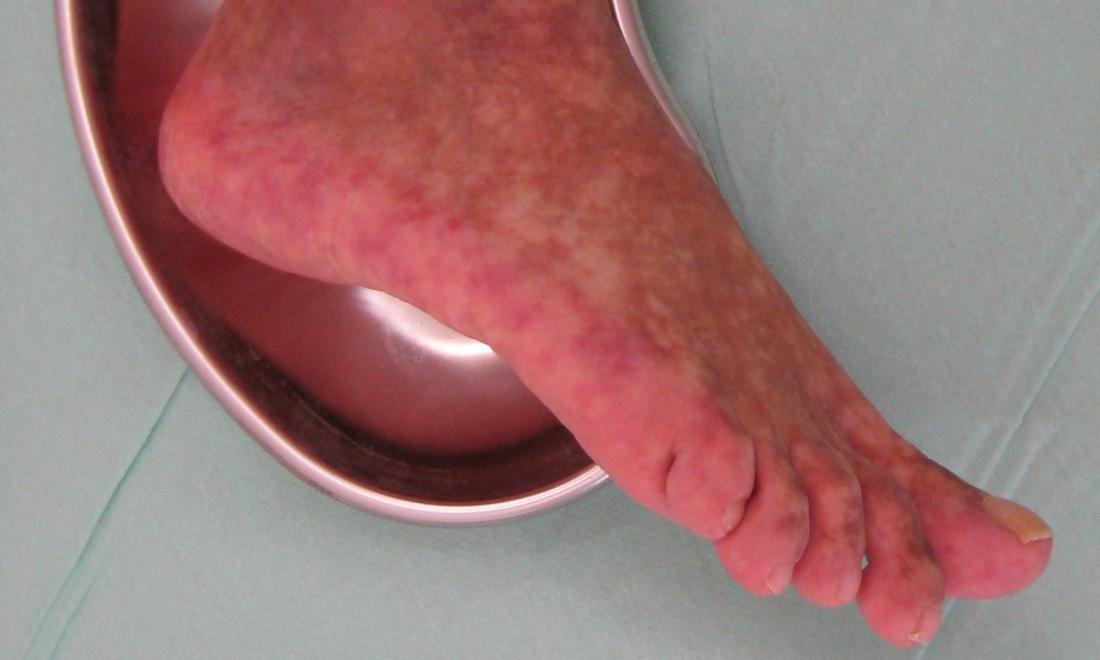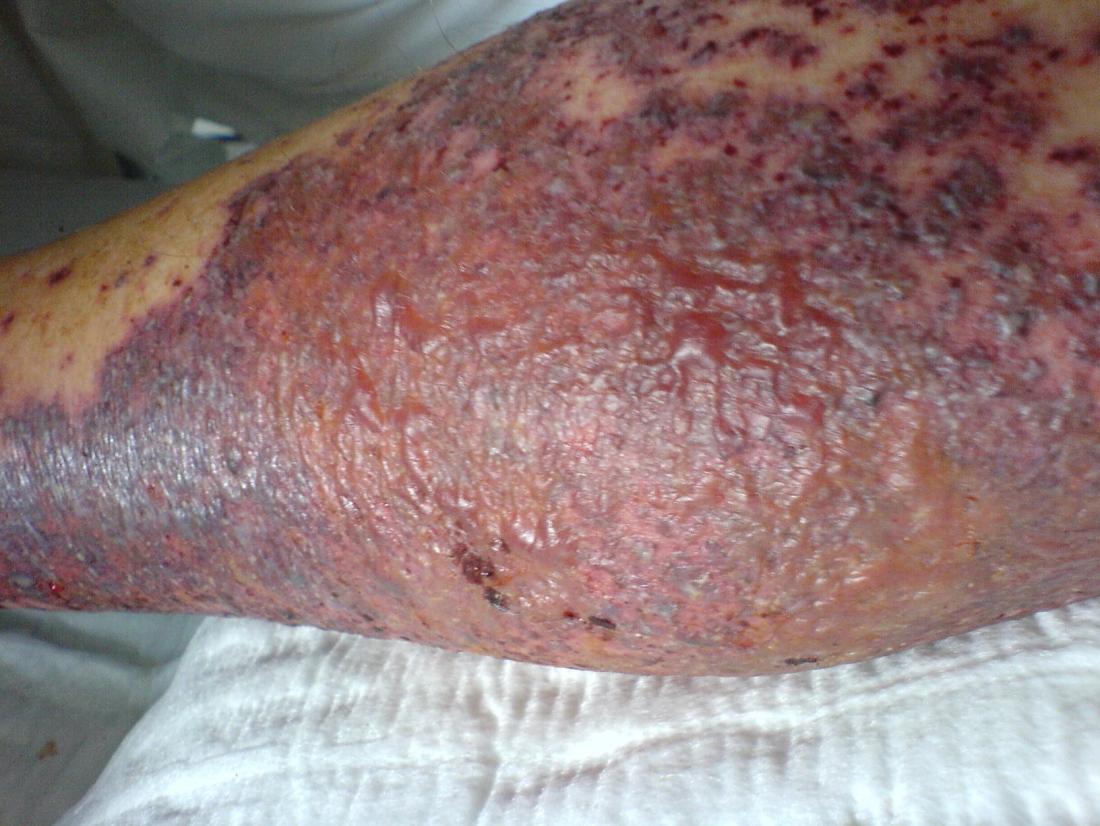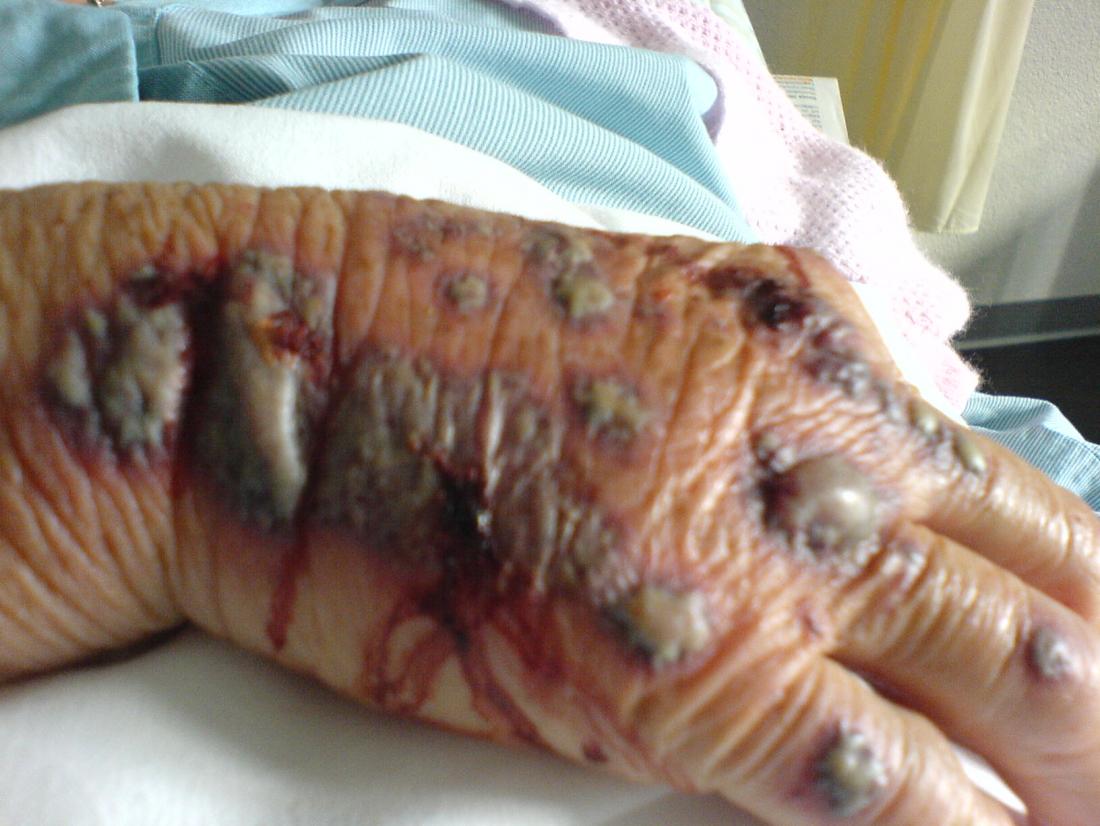Vasculitis is a broad term for a set of disorders that induce blood vessel inflammation.
Arteries, veins, and the tiniest of these, known as capillaries, are among the blood vessels that are impacted. It can affect many parts of the body, resulting in a variety of symptoms.
What is it?

Vasculitis is a term that refers to inflammation of the blood vessels. It can affect several parts of the body, with distinct effects and symptoms depending on which part is affected.
Angiitis and arteritis are other names for vasculitis. It causes scarring, weakening, narrowing, and thickening of blood vessel walls.
Vasculitis can be acute and just last a few days or it can be persistent and last a long time. Organs in the body can be impacted in some circumstances, especially if they don’t get enough nutrition and oxygen-rich blood, resulting in organ damage and death.
Treatment
Treatment for vasculitis is determined by a number of criteria, including the kind of vasculitis, the degree of symptoms, the patient’s age, and their overall health.
Sometimes, as in Henoch-Schonlein purpura, the condition resolves without the need for medical intervention.
The following are some of the most regularly prescribed vasculitis medications:
Steroids
These are a kind of anti-inflammatory. Prednisone and methylprednisolone are two examples (Medrol). If used over an extended period of time, side effects might be severe. They may include the following:
- osteoporosis (thinning of the bones)
- diabetes
- weight gain
Medication for the immune system
If steroid medication does not work, a doctor may prescribe cytotoxic medicines, which work by stopping the immune system cells that produce inflammation.
Here are several examples:
- cyclophosphamide (Cytoxan)
- azathioprine (Imuran)
Symptoms
The signs and symptoms of vasculitis differ according on which blood vessels are involved and which organs, if any, are injured.
The following symptoms are present in the majority of cases of vasculitis:
- joint pain
- muscle pain
- numbness and weakness
- fever
- tiredness
- weight loss, loss of appetite
The following are indications and symptoms of different types of vasculitis:
Behcet’s disease
Symptoms change throughout time and might leave and reappearance. The following areas are affected:
- Blood vessels: Inflammation of the veins and large arteries causing painful and swollen limbs.
- Gastrointestinal: Abdominal pain, diarrhea. Possible bleeding in the digestive system.
- Brain: Inflammation in the brain and nervous system can result in headaches, fever, poor balance, and disorientation.
- Mouth: Painful sores, like canker sores. They start as raised, round lesions in the mouth and become painful ulcers.
- Skin: Some people may develop acne-like sores while others may have red, raised, and tender nodules, especially on the legs.
- Genitals: Most commonly on the scrotum in males and the vulva in females. They appear as red, round, ulcerated lesions.
- Eyes: Inflammation of the eye, called uveitis.
- Joints: Typically swelling and pain in the knees, and sometimes the ankles, elbows, or wrists.
Buerger’s disease
The arteries and veins in the arms and legs are affected by Buerger’s disease. Blood arteries enlarge and get clogged with blood clots, known as thrombi, causing skin tissue damage or destruction. This can sometimes result in infection and gangrene. Regular smoking is connected to the development of Buerger’s disease.
Insufficient blood flow causes pain in the feet and hands, which is one of the first signs. This pain can sometimes be felt even while you’re not moving. The pain usually begins in the extremities but can spread to other parts of the body. A person may also have the following symptoms:
- skin ulcerations
- gangrene of fingers and toes
- affected areas may be extremely painful
- numbness in the limbs
- tingling in the limbs
- fingers, toes, hands, and feet turn white in the cold
Central nervous system vasculitis
This is a kind of vasculitis that affects the brain and spinal. The following are possible signs and symptoms:
- visual problems
- dysphasia, coma
- seizures
- mental changes
- depression
- myelopathy, which is a disorder of the spinal cord
- headaches
- general confusion
- paralysis or muscle weakness
Churg-Strauss syndrome
In people with a history of allergies or asthma, this unusual disease causes inflammation of the tiny arteries and veins.
Its most prominent trait is asthma, which can develop years before vasculitis manifests. The following are examples of early indications and symptoms:
- allergic rhinitis
- nasal polyps
The person usually develops eosinophilia in the following phase, which is a condition in which there are too many eosinophils, a kind of white blood cell.
A vasculitis, which affects the skin, lungs, nerves, kidneys, and other organs, is the third phase.
Mononeuritis multiplex is a common nerve degeneration that causes severe tingling, numbness, muscular atrophy in the hands and feet, and shooting sensations.
Cryoglobulinemia
Hepatitis C infections are associated to this condition. It causes excessively thick blood as a result of blood vessel irritation.
The symptoms differ depending on the type of cancer and which organs are affected. The following are typical indications and symptoms:
- purpura, or purple spots and patches on the skin, organs, and mucous membranes
- fingers, toes, hands, and feet turning white in the cold
- skin ulceration
- Giant cell arteritis
- breathing problems
- fatigue
- glomerulonephritis affecting the kidneys
- joint pain
- muscle pain
This is a condition in which the artery walls become inflamed. The following are the most prevalent signs and symptoms:
- pain in the jaw after chewing
- fever
- blurred vision
- headache
- shoulder pain
- pain in the hips
Symptoms that are less common include:
- weight loss
- depression
- pain in the arms during exercise
- Henoch-Schönlein purpura
- scalp tenderness
- cough
- throat pain
- tongue pain
Skin rashes, especially across the buttocks and below the lower limbs, are caused by inflammation of the tiny blood vessels called capillaries in the skin and, more commonly, in the kidneys. It’s linked to arthritis and can cause stomach cramps.
The following are the most prevalent signs and symptoms:
- vomiting
- diarrhea
- blood in stools if the vessels in the bowel and kidneys are inflamed
- a skin rash that looks similar to small bruises, or red spots on the buttocks, elbows, and legs
- joint pain, especially in the knees and ankles
- stomach pain
- nausea
Kawasaki disease
This is an uncommon condition with no known cause. It causes inflammation in artery walls all across the body, including the coronary arteries that feed blood to the heart muscle.
High fever, conjunctivitis, reddening of the eyes, lips, and mucous membranes of the mouth, gingivitis (ulcerative gum disease), enlarged neck glands, and a bright red rash on the hands and feet are all symptoms of Kawasaki disease. It primarily affects youngsters under the age of eight.
Takayasu’s arteritis
This is an uncommon kind of vasculitis in which the aorta, the main artery that transports blood from the heart to the rest of the body, is damaged by inflammation. The primary branches of the aorta are also damaged.
Takayasu’s arteritis is characterized by arm or chest pain, hypertension (high blood pressure), and the possibility of a stroke or heart failure.
Wegener’s granulomatosis
Wegener’s granulomatosis affects multiple organs, including the lungs, kidneys, and upper respiratory tract, and causes inflammation and damage to blood vessels.
It’s a life-threatening condition that need immunosuppression for a lengthy time.
Because of the treatment’s toxicity, some people may die.
Glomerulonephritis that progresses quickly
This is a kidney ailment that, if left untreated, quickly develops to acute renal (kidney) failure.
Complications
The severity of complications varies depending on the kind of vasculitis. The most prevalent complications are as follows:
- Damage to organs: Organ harm might result from a lack of oxygen and nutrient-rich blood.
- Recurrence: Even if therapy is successful, recurrence episodes are possible. Some people need to be treated for a long time.
Pictures
Warning: These images are graphic:
Causes
Vasculitis is a condition in which the immune system inappropriately targets the blood vessels of the body. Experts are baffled as to why this occurs. The following are some well-known triggers:
- some immune system disorders
- allergic reactions
- infections
- some cancers
When vasculitis affects blood vessels, they often become inflamed. This has the following consequences:
- the blood flow to be reduced
- the blood vessels to narrow
- the blood vessel walls to thicken
Blood flow is reduced, which means fewer oxygen and nutrients reach organs and bodily tissues. As a result of the narrowing, the afflicted blood artery is more prone to blood clots. An aneurysm, or bulge, can grow as blood arteries weaken.
Types
Vasculitis is divided into two categories:
There are two types of vasculitis: primary vasculitis, which occurs without a recognized cause, and secondary vasculitis, which occurs as a result of another disease, such as:
- Allergic reaction: Some medications can cause vasculitis.
- Some cancers: Leukemia and lymphoma are examples.
- Infection: Hepatitis C virus infection can cause cryoglobulinemia.
- Immune system disorder: Rheumatoid arthritis and lupus are examples.
The following are some examples of specific types of vasculitis:
- Kawasaki disease
- Takayasu’s arteritis
- Wegener’s granulomatosis
- rapidly progressive glomerulonephritis
- Behcet’s disease
- Buerger’s disease
- central nervous system (CNS) vasculitis
- Churg-Strauss syndrome
- cryoglobulinemia
- giant cell arteritis
- Henoch-Schönlein purpura
These can affect many parts of the body and cause a wide range of symptoms.
Diagnosis
Blood tests

These may include the following:
- Platelet count: Platelets are blood cells that form clumps to halt bleeding. Platelets are a component of the clotting or coagulation mechanism in human blood.
- A complete blood cell count – Anti-neutrophil cytoplasmic antibodies were also tested.
- Erythrocyte sedimentation rate (ESR) test: A sample of red blood cells is placed in a liquid test tube. The time it takes for red blood cells to sink to the bottom of the blood vessel is measured. It might indicate an inflammatory condition if they decline quicker than usual.
- Test for C-reactive protein (CRP): CRP levels in the blood that are greater than normal suggest that the body is inflamed.
Urine tests
These tests can disclose the quantity of protein in the urine as well as whether or not there are any red blood cells present. Urine testing can reveal whether or not you have a kidney problem.
Imaging scans
These can be used to inspect the major arteries and their branches. X-rays, ultrasounds, CT scans, and MRI scans are all possible options.
Angiogram
An X-ray of the blood arteries is called an angiography. A catheter, which is a long thin flexible tube, is placed into a major vein or artery. Through the catheter, a dye is delivered into the blood vessels. The dye allows the doctor to view the blood vessels on X-ray pictures.
Biopsy
A biopsy is a procedure in which a doctor takes a tiny sample of the damaged blood artery surgically. Then it’s looked at for evidence of vasculitis.
Sources:
- https://www.hopkinsvasculitis.org/vasculitis/vasculitis/
- http://ard.bmj.com/content/75/Suppl_2/75.1
- http://www.nejm.org/doi/full/10.1056/nejmoa1404231#t=article
- http://ard.bmj.com/content/68/3/310.short
- https://www.medicalnewstoday.com/articles/189281








